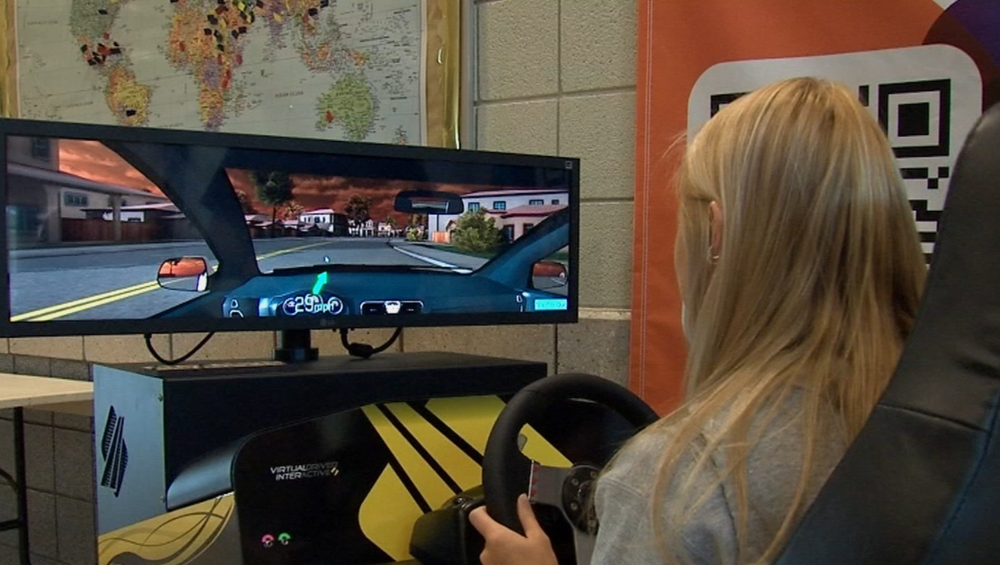In California it’s illegal to text and drive, and it’s illegal everywhere to drive under the influence. However, it’s not uncommon to look over and see someone on their cell phone, or to turn on the news and hear about someone driving under the influence.
On Nov. 9 from 1 p.m. to 6 p.m. in the Rec Center, Sonoma State University students will have the opportunity to partake in an impaired driving simulator, which gives participants the chance to experience what it’s like to drive while impaired or distracted.
Once the participant’s blood-alcohol level has been determined, the device simulates what it would be like to drive under that level of intoxication. The steering wheel can become looser, the brakes may become harder or looser, the car may veer off the road, or pedestrians may be struck.
“It’s an awareness program. You get behind the wheel of a simulator, put in your information about your weight, your height, did you have anything to eat today, things of that nature,” said Mo Phillips, director of programming and campus life, who organized for the simulator to come to Sonoma State.
Phillips has been organizingalcohol awareness weeks since 1989. This year’s alcohol awareness week features more activities for students to partake in, such as the driving simulator, instead of lectures.
“We decided this year to do more passive type stuff, but passive with a message and with an action,” Phillips said.
Casey LaBarbera, the associated students program coordinator, has been on the ‘Save a Seawolf’ Alcohol Awareness committee for two years. She wants students to know that alcohol awareness is not just about alcohol, but safety as well.
“It’s not just about drinking or not drinking but more about making smart and safe decisions which includes supporting friends in their decision making and not being a bystander,” LaBarbera said.
LaBarbera, who has taken part in the simulator when it has been at Sonoma State in the past, feels it’s a great addition to alcohol awareness week.
“I think it is a great continuation of the conversation. The problems and issues we can face due to alcohol is more than just a one-time conversation, but is something that should consistently be a part of our discourse,” LaBarbera said.
The distracted driving simulator has been at Sonoma State four other years, and has seen anywhere from 100 to 300 people participate. In addition to the actual machine, there have also been props and other tools to inform participants, such as coffins, surveys and storyboards about the dangers of driving while distracted or under the influence.
“I think raising awareness about a safety issue like distracted driving is always a good thing to help promote discussion, self-reflection and prevent injuries,” said Toni Boracchia, a nurse at the Student Health Center since 1987.
Boracchia and the Student Health Center had a table near the crashed car during alcohol awareness week. She feels alcohol awareness week was a great way to get students talking about how alcohol has affected them.
“People can be affected by alcohol at some point in their life whether they drink or not,” Boracchia said.
Phillips feels the simulator is a great way for students to understand what it’s like to drive under the influence or distracted without actually putting themselves or others in danger.
“Look out for others. Respect the vehicles and respect other people out there enough to not put yourself or them in that situation,” Phillips said.




































